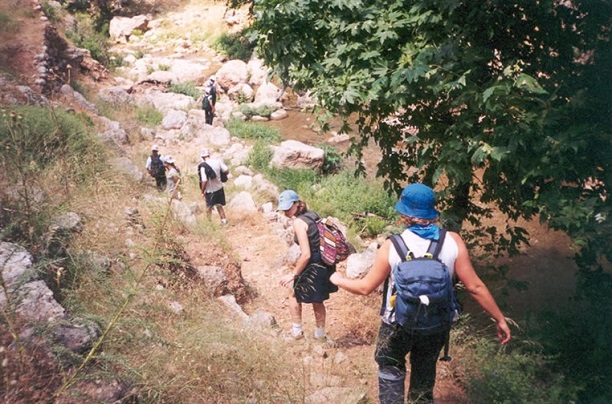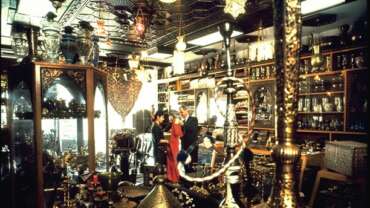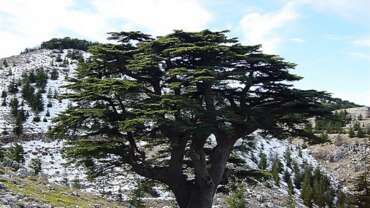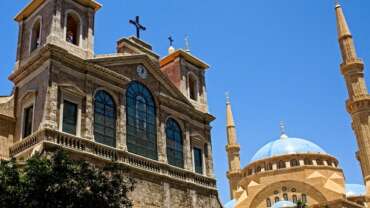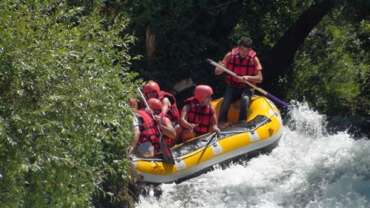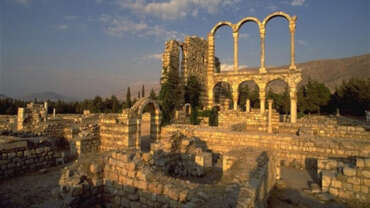Experiences in Lebanon
Tripoli
Tripoli is known as the capital of the North and it is Lebanon’s second largest city with a population of more than 500,000. It has many landmarks. Around forty historical sites which date back to the 14th century: Qalaat St. Gilles; 12 mosques that date back to the Mamluk and Ottoman eras; 12 theological schools; khans or caravanserai; baths (Hammams). Its “souks” and khans are crowded with people of various trades. You see the tailors, jewellers, perfumers, tanners and soap-makers working in a charming lively atmosphere.
Hippodrome du Parc de Beyrouth
Founded in 1885 at Beir Hassan a suburb of Beirut, it was moved in 1018 to the “Foret des Pins”-Pine Forest of Beirut. It is at the Résidence des Pins that General Gouraud proclaimed the “Grand Liban” in 1920.
The grounds and all the racing set-up is the property of the Municipality of Beirut, and is managed by a non-profit organization SPARCA “Society for the Protection and Improvement of the Arabian Horse in Lebanon”.
Presently, over 700 horses train on the track every morning from dawn until 8:30 am, then leaving the premises open to the public. One weekly meeting of eight races is held all year round, with an average of ten to twelve horses per race.
Bets can be laid on horses at the racecourse or the accredited off-track betting offices and facilities for betting by telephone are available by prior arrangements.
Art
Lebanon has long been the center of the contemporary art world in the Middle East, and the safe heaven of the region intellectuals, renowned for the eye and skill of its artists. Nowhere is this more aptly displayed than at the Sursock Museum in Achrafiyé. The museum houses a collection of modern and contemporary Lebanese art and presents themed exhibits and international collections. If you’re interested in starting your own private collection or just browsing, be sure to take in a gallery opening or view a collection. Beirut’s galleries are too numerous to mention, but Galleries Zaman, Janine Rubeiz, and Aida Cherfan are a few of the well-respected.
Music
If it’s live music you’re after, try the Blue Note on Makhoul Street next to AUB, or the bar, Strange Fruit, also located downtown. As its name suggests, the Blue Note specializes in jazz and hosts a variety of local and international talent. Strange Fruit is a funky establishment serving nouveau cuisine and headlining an eclectic mix of artists, from jazz to local alternative music bands. Head to Achrafiyé for atmospheric piano bars. Folkloric music and dance is the specialty of the many of the lebanese cuisine restaurants. The Lebanese National Conservatoire performs classical pieces, as well as classical Arabic and jazz music, at the Charles Khater Theatre at St. Joseph University. For seasonal big ticket performances, check out the schedule at the UNESCO Palace. Not to miss are the yearly international festivals.
Bcharre
It is the town of Gibran Khalil Gibran (1883 – 1931). It contains the house of his family, which is rural, traditional and humble, situated in the middle of the square of Mar Saba Church. Bsharreh is 1400 meters above sea level. It is distinguished for its traditional mountainous lifestyle and for its narrow streets and small shops. It is famous for the production of fruits especially apples, pears and cherries in addition to its being an attraction spot to tourists in both summer and winter.
Deir El Kamar
It is an old town hemmed in an urban frame that maintained the architectural prosperties of the 17th and 18th centuries. This pattern continues until you reach Beiteddine. In the old beautiful streets, gardens blossoming with roses and jasmine attract one’s sight, besides the outdoor stone benches that belong to the houses, and which are filled with vines dangling in front of the houses, the flower beds and the houses and narrow streets. All of this makes out of the town a scenic place.
Beiteddine
Beiteddine is 850 meters above the sea level. In it there is Beiteddine Palace, which was built by Emir Bechir el Chehabi II (who ruled Mount Lebanon for more than half a century). This palace is the best example of 19th century Lebanese architecture; it was built over a thirty year period of time. In order to reach Beiteddine, one has to pass through Deir el Qamar and Mousa Castle, and a 6 kilometer drive on the main road.
Shouf Cedars Reserve
With an era of 15600 ha this is the largest natural reserve in Lebanon. Some of its trees are over two thousand years old. It is home for medium-sized animals likes wolves and foxes as well as a large variety of birds and wild plants. It is an ideal destination for amateurs of mountain climbing, jogging and walking, as well as for those who love animals. Its mountain-top stands at 1940m and allows a panoramic view eastward over the village of Barouk, the lake of Karaoun and the Bekaa valley, and westward, the coastline and the Mediterranean sea.
Zahle
Zahleh rests on the side of Sannin Mountain, reaching the BeKaa Plain. It is 945 meters high. In winter, the surrounding mountains are covered with snow, while in summer the climate is cold and dry. The city center stretches at the banks of el-Berdawni River, and the town lies at the eastern bank. At the northern side lays Wadi el-Arayish, which is known for its open air restaurants and cafés along the side of the waterway. The inhabitants of Zahleh are proud of their town being named “the Town of Wine and Poetry”. In it more than fifty poets, thinkers and literary figures were born in the twentieth century; and from it the best kinds of wine and arack are produced.
Demographically, it is the third city in Lebanon (200,000 persons), besides being the economic and administrative center of Bekaa (Which occupies 42% of the Lebanese territories) and a thriving agricultural center (vegetables, fruits, grains, vines). It is separated from the coastal towns by the Western Lebanese Range. The residents of Zahleh developed their individual identity throughout history, and they have a distinguished accent.
Rachaya
At the foot of Mount Hermon or Jabal-el-Sheikh lays Rashaya el-Wadi. It still preserves its traditional architecture. In it, there is a citadel built by the Chehab Emirs. Later during the Mandatory period, the French authorities turned the citadel into a garrison, and was known later by the Independance Citadel.
Maghdouche
It is an important center for pilgrimage, situated at a hill of 200 m high, overlooking Sidon city. It is known for Saydet el Mantara, where the Virgin Mary used to wait for Jesus Christ, while he was preaching in Sidon (Saida).
Festivals
In the summer, there are large festivals extending over several days or weeks in Baalbek, Jbail (Byblos), Beiteddine, and Sour (Tyre) headlining big name acts (both Lebanese and international performers). The festivals create a lively atmosphere in the cities that host them.
Smaller street festivals and religious events occur in various parts of the country throughout the year.



